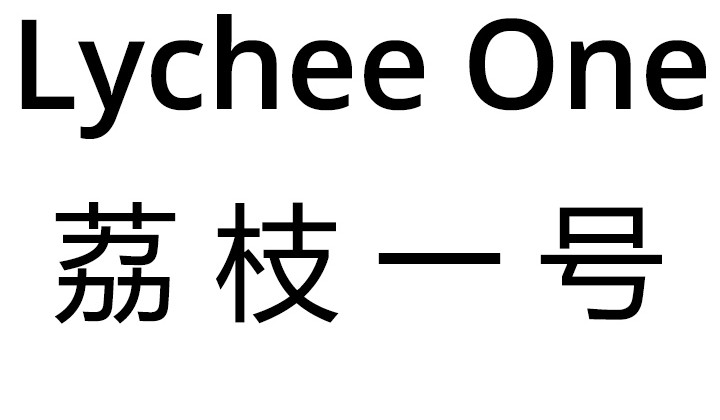A Mutation of Fortune
Upon visiting the exhibition Shed Shreds two truths are known. The work is layered, pieced together from many parts, and you are invited to pause and unearth the narratives within these fragments. A bench, covered in a pieced carpet tapestry, acts as a kindness offered to the body, in order that you, wanderer, might stay a while. This comfort isgranted to us, a tender counterbalance to the fragmented bodieson display. The soft lure of the tapestries, joyful streamer-like forms embodying the sculpture Throne II and the delicate lightness of the Battle drawing series belie something shifting just under the crystalline surface. Like molten lava churning deep beneath our feet, we unknowingly tread close to the moment of catastrophe.TogetherBattle I, II and III play against the skeletal framework of the sculpture Throne II, an ethereal antiphon of colour and pattern. The undulating wood grain and painted edges of Throne II are reflected in the ornamentation of the drawings, richly patterned to subjugate the violence suggested in the images. Drawing from research of Uccello’s The Battle of San Romano, Bonafini’s battle scenes abstract the figures into a haze of ambiguous forms. Helmets aloft on pikes, the disembodied limbs of horses and soldiers form a corporeal landscape, the boundaries of the body trespassed to become adornment.Two tapestries face each other, both constructed from segments of ready-made carpets, gestural painting sweeping over the inlayed textures. Gentle plush, soft and enticing, calls forth the comfort of the domestic, whilst also invoking the animism emanating from the fur-like texture. The fractured surfaceprovides an amorphous friction between shifting elements, summoning research conducted by Bonafini in the ruins of Pompeii, a thread drawn from the ancient to the modern world. The unearthing of domestic spaces consumed by ash and lava, revealing lush frescos, mosaics and stone ghosts are invoked here, as we decipher meaning from the fragments brought to light.The tapestry Shed Shreds welcomes with a maelstrom, brushstrokes skimming across a fluctuating surface. Two figures, further duplicated in the prism of fragments urge us around in a circle, hands manipulatingthe eye’s path. The narrative of two friends, cutting away their hair down to baldness in a ritual act manifests a sisterly decoy to protect against ill fortune.
This negotiation between external forces and the integrity of the body is palpablein the dialogue between the painted image and the textile matrix.Thinned paint is applied to the surface, in a technique closer to massage than painting. A bruising of colour wells up from the pile, madder and hyacinth blue seeping through weave. Quietly, hues soak in and permeate, staining threads so they might radiate and lead the eye like Ariadne’s cord. As the fibres drink in, they feed this cyclone, whorling between forces of tenderness and destruction.
The turbulent surface of the tapestry Shed Shreds is echoed in the sinuous patchwork of Hunted Hunter, a soft phalanx of fragments, undulating like foam. The immersive scale of the work and the nebulous tones play with marble-like streaks to reference palatial stone, primrose blushing through alabaster, soft colours blooming to thaw the glacial blues. The fluid movement of the mirrored carpet segments emerge against the frozen figure, refracted amongst the harmonious pile, arm raised . We are caught between the moment of comprehension and collapse, unsure if these hounds are welcoming the hunter or poised to tear him apart. Here, the birds flying around the figure perhaps cast a dreadful portent, is this Actaeon suspended at the moment of his doom, or something benign?
Themes of duality between tenderness and destruction permeate throughout the exhibition Shed Shreds, playfully luring us in with sensuous materiality before images and narratives manifest and cast the forms in another light. The mutation of softness into something unknown suggests a betrayal of material that echoes the betrayals inherent in the work: by the land surrounding Pompeii, the body in sickness and the hounds of Actaeon. By unveiling these narratives we disturb their internal worlds, but activate them at a point where the outcome is yet to be revealed. Shed can mean to abandon, but in weaving terminology is also the space created for weft to be woven, a fabric brought into life.
